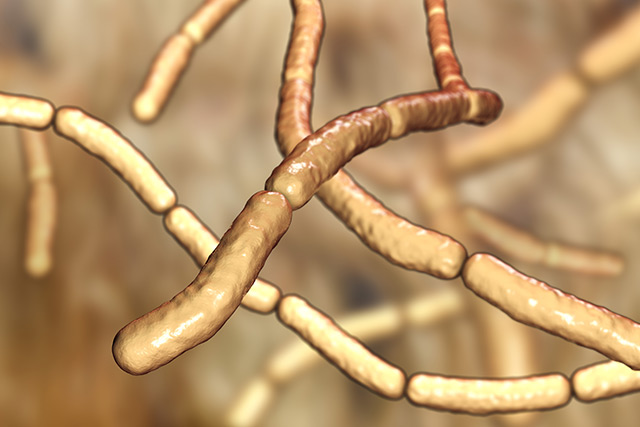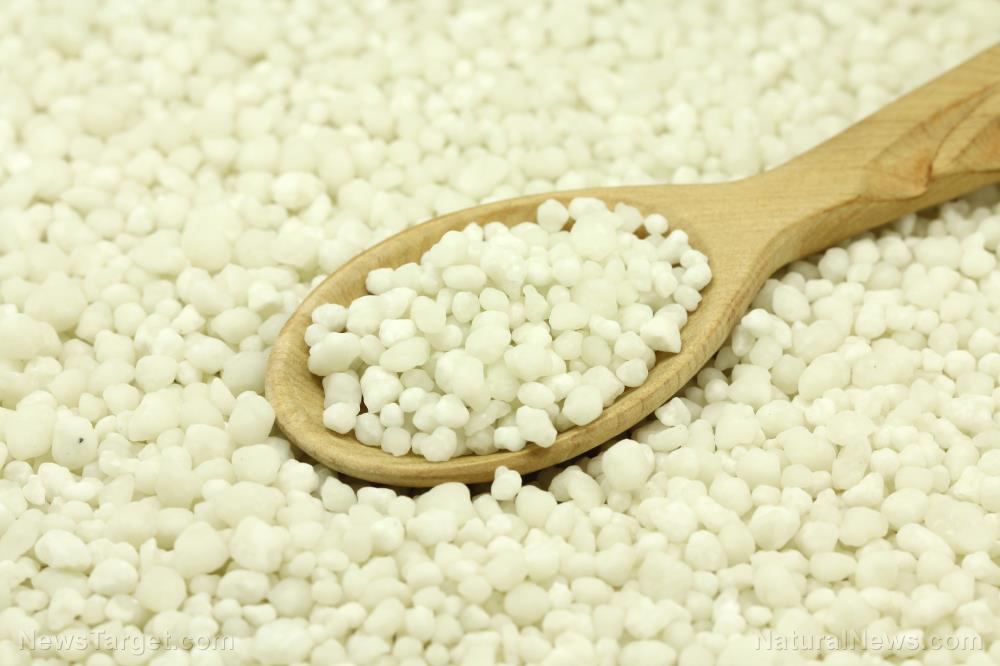
The discovery was made by Nigerian researchers from the University of Ilorin, who were looking for local microbes that could reduce the need for chemical weed-killers that polluted the environment and damaged local ecosystems. They looked at fungi that produced bio-active secondary metabolites with phytotoxic (deadly to plant cells) properties that could serve as bio-control agents for weeds.
The study identified the Penicillium citrinum strain as a potentially effective herbicide alongside another common species, Aspergillus fumigatus. These two species are members of the two most commonly-found fungal genera in the soil.
The research team published the results of their study in the Albanian Journal of Agricultural Sciences, the official publication of the Agricultural University of Tirana in Albania. (Related: Organic family farm ruined by herbicide drift: A case study (and warning for humanity).)
Fungi found in the soil could naturally control weeds
Researchers collected soil samples from the Kogi, Kwara, Niger, and Benue farm sites in the Southern Guinea Savanna (SGS) zone. They used the serial dilution agar plating method to isolate fungal strains from the soil and incubate pure cultures of each isolate for testing.
The next step was to screen the fungal strains for any herbicidal properties they might possess. To accomplish this, researchers applied the concentrated extracts of all fungal isolates to healthy, freshly collected, and sterilized foliage of Amaranthus hybridus, a common tropical weed found among field and vegetable row crops in Nigeria.
The inoculated leaves were incubated at room temperature for two days. Each foliage sample was inspected for the development of necrotic lesions that suggested the cultured fungi acted as a pathogen for plant cells.
Any fungal isolate that caused significant necrotic lesions in the Amaranthus leaves was identified and characterized as a possible herbicide.
Furthermore, researchers also noted down the most common fungal strains in the soil samples from each site.
Penicillium and Aspergillus species are top picks
For the Kogi site, the Aspergillus sydowii (43.47 percent) and Alternaria alternata (30.43 percent) were the most common strains. The Kwara farm had Aspergillus tereus (53.85 percent) and Aspergillus ustus (23.08 percent.)
Aspergillus niger (44.44 percent) predominated in the Niger location, which has slightly higher soil pH that discouraged fungal growth. In contrast, the Benue site had three especially predominant strains: A. tereus (33.33 percent), Penicillium marneffei (58.06 percent) and Fusarium vertilliodes (25.81 percent.)
Based on these results, the researchers determined that Aspergillus and Penicillium species were the most prevalent fungi in the sites. Species from these two genera reproduce by releasing large numbers of asexual spores, and other studies have reported them to be the most common fungi found in soil.
Around 80 to 85 percent of the fungal isolates demonstrated different degrees of herbicidal properties. The researchers concentrated on the four species that caused the largest necrotic lesions on Amaranthus foliage when applied at the highest concentration (1000 mcg/ml.)
These strains were A. fumigatus, P. citrinum, Penicillum viride, and Fusarium oxysporium strains. Of the four, A. fumigatus and P. citrinum have the highest potential to serve as natural herbicides that will work as a part of the local ecosystem instead of damaging the environment like synthetic pesticides are wont to do.
The researchers urge further testing of A. fumigatus and P. citrinum to determine their full potential as fungal bio-control agents for weeds. Additional research should cover the herbicidal secondary metabolites generated by the two fungi and their effect on commonly-found weeds.
Sources include:
Drive.Google.com [PDF]
Please contact us for more information.























